Lenovo eServer BladeCenter HX5 Manual
| Mærke: | Lenovo |
| Kategori: | Server |
| Model: | eServer BladeCenter HX5 |
Har du brug for hjælp?
Hvis du har brug for hjælp til Lenovo eServer BladeCenter HX5 stil et spørgsmål nedenfor, og andre brugere vil svare dig
Server Lenovo Manualer

24 August 2024

15 August 2024

14 August 2024

10 August 2024

5 August 2024

2 August 2024

30 Juli 2024

29 Juli 2024

28 Juli 2024

26 Juli 2024
Server Manualer
- Hanwha
- Synology
- Lantronix
- NEC
- WyreStorm
- Digitus
- Ernitec
- Intel
- Sonnet
- Digital Watchdog
- SEH
- Teo
- C2G
- Magewell
- Quantum
Nyeste Server Manualer

28 November 2025

27 November 2025

19 November 2025
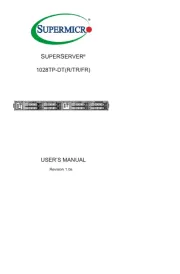
18 November 2025
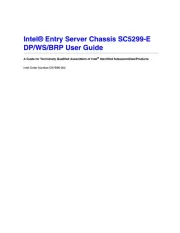
17 November 2025
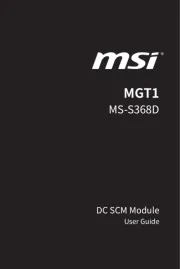
7 November 2025
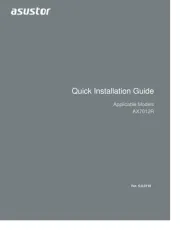
6 November 2025
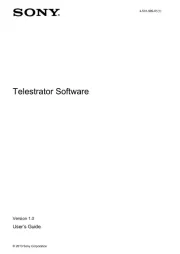
2 November 2025

31 Oktober 2025
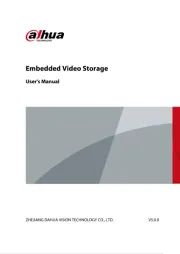
28 Oktober 2025
